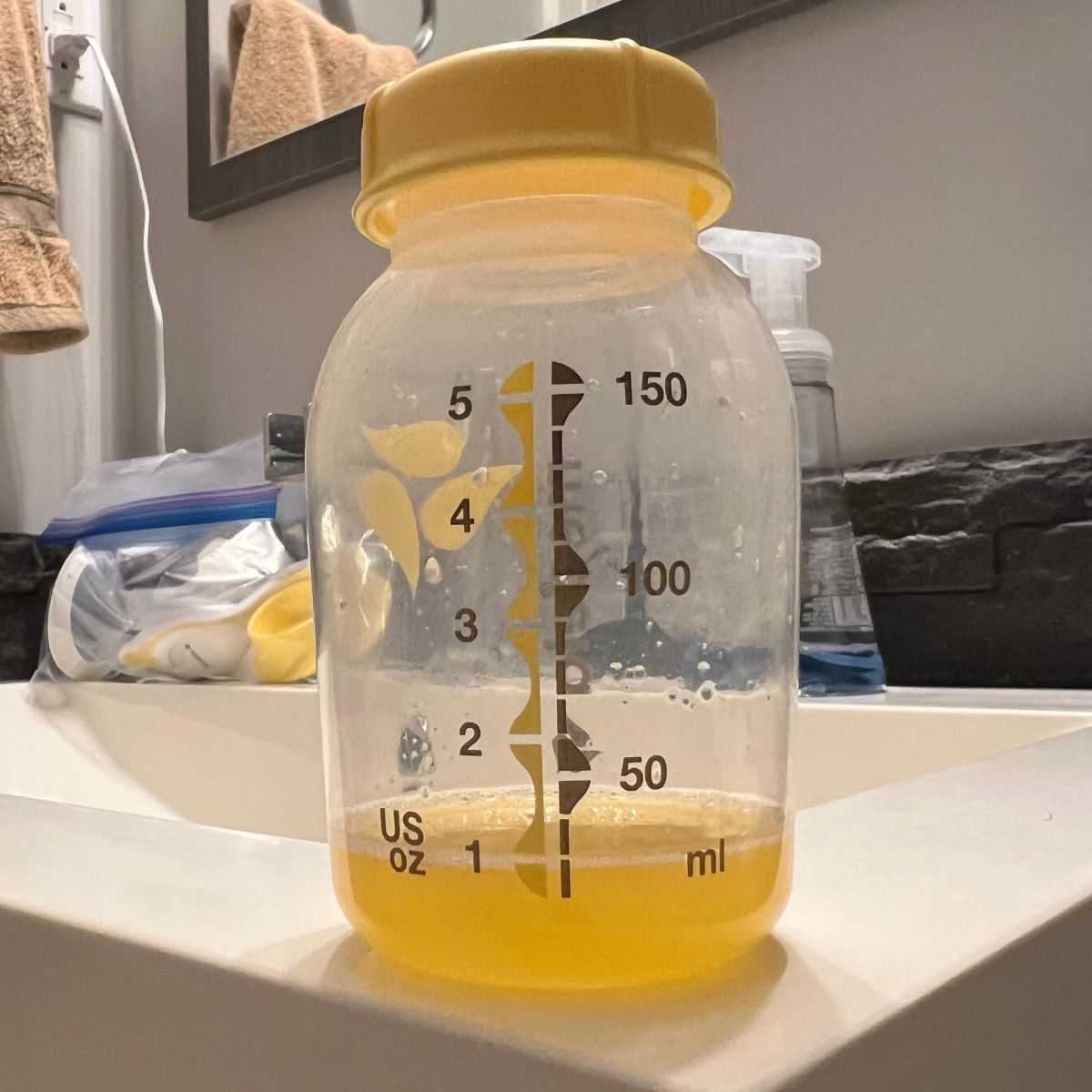

Articles
How To Store Colostrum Before Birth
Modified: February 27, 2024
Discover the best methods for storing colostrum before birth with our informative articles. Prepare for a smooth transition with expert advice and guidance.
(Many of the links in this article redirect to a specific reviewed product. Your purchase of these products through affiliate links helps to generate commission for Storables.com, at no extra cost. Learn more)
Introduction
Preparing for the arrival of a newborn involves many important considerations, including ensuring that the baby receives vital nutrition and antibodies from the very beginning. Colostrum, often referred to as “liquid gold,” is the first milk produced by a mother in the early days after giving birth. It is rich in nutrients, immune-boosting properties, and antibodies that are crucial for the baby’s health and development.
Storing colostrum before birth has become increasingly popular as it allows mothers to have a readily available supply in case of any difficulties with breastfeeding or when separation from the baby is necessary, such as during medical procedures. Additionally, it can provide relief for mothers who face challenges with low milk supply in the initial days after delivery.
In this article, we will explore the importance of storing colostrum before birth, discuss various storage methods, guide you through the process of collecting and storing colostrum, and highlight important safety precautions. Whether you are an expectant mother, a healthcare professional, or simply curious about this topic, read on to discover the steps to store colostrum effectively.
Key Takeaways:
- Storing colostrum before birth ensures a readily available supply of essential nutrients and antibodies, supporting breastfeeding success and providing a safety net for unexpected challenges.
- Choosing the right storage method, following safety precautions, and knowing when and how to use stored colostrum are crucial for maximizing its benefits and ensuring the health and well-being of the baby.
Read more: How To Store Birth Certificates
Importance of Storing Colostrum Before Birth
1. Ensures a Ready Supply: Storing colostrum before birth provides a ready and easily accessible supply of this essential milk. This can be particularly helpful if the mother experiences difficulties with breastfeeding right after delivery or if there is a need for temporary separation from the baby. Having stored colostrum on hand can ensure that the baby receives the vital nutrients and antibodies it needs until breastfeeding can be established.
2. Facilitates Supplemental Feeding: In some cases, newborns may require supplemental feeding due to medical reasons or low birth weight. Having stored colostrum can be a valuable resource during these situations, as it can provide the necessary nourishment without having to rely solely on formula or donor milk.
3. Supports Mothers with Low Milk Supply: Some mothers may experience challenges with milk production immediately after birth. Storing colostrum allows these mothers to have a backup source of milk to ensure their baby receives the necessary nutrition until their milk supply increases.
4. Prepares for Unexpected Circumstances: Life is unpredictable, and unexpected circumstances may arise, such as medical emergencies or the need for hospitalization. Storing colostrum beforehand can ensure that the baby’s nutritional needs are still met even when separation from the mother is necessary.
5. Promotes Bonding: Storing colostrum can also benefit working mothers who plan to continue breastfeeding after returning to work. It provides a way to maintain the breastfeeding relationship and promotes bonding between mother and child, even when they are physically apart.
6. Supports Exclusive Breastfeeding: Exclusive breastfeeding is recommended for the first six months of a baby’s life. Having stored colostrum can help support this goal and ensure that the baby receives the full benefits of breastfeeding, which includes optimal nutrition, protective antibodies, and a reduced risk of infections.
By understanding the importance of storing colostrum before birth, mothers can be better prepared for any unexpected challenges or situations that may arise during the early stages of breastfeeding. Now that we have discussed the importance, let’s move on to choosing the right storage method.
Choosing the Right Storage Method
When it comes to storing colostrum before birth, there are several storage methods to consider. The most common options include using sterile containers, breast milk storage bags, or syringes. Each method has its advantages and considerations, so it’s essential to choose the one that suits your needs best. Here are some factors to keep in mind when selecting a storage method:
1. Sterile Containers: Sterile containers, such as small glass jars or plastic vials, are a popular choice for storing colostrum. These containers are easy to clean and sterilize, provide an airtight seal to prevent contamination, and can be easily labeled with the date and time of collection. They are ideal for longer-term storage and can be conveniently stored in the freezer.
2. Breast Milk Storage Bags: Breast milk storage bags are another commonly used option. They are designed specifically for storing breast milk and come with a secure seal to prevent leakage. These bags are pre-sterilized, disposable, and often come with measurement markings for accurate portioning. However, they may not be as durable as other storage methods and require careful handling to avoid punctures or tears.
3. Syringes: Syringes can be a practical option for mothers who prefer a more precise and controlled way of storing colostrum. They allow for easy portioning and can be especially useful for babies who require smaller amounts of breast milk. Syringes are also easy to clean, but it’s important to use those specifically designed for storing breast milk to ensure sterility.
Considerations: When choosing a storage method, it’s important to consider factors such as convenience, available storage space, and ease of use. Assess your needs and preferences to determine which method aligns best with your lifestyle and resources.
Labeling and Storage Guidelines: Regardless of which storage method you choose, proper labeling is crucial. Always label each container or bag with the date and time of collection to ensure the oldest milk is used first. It’s also essential to follow storage guidelines, which may vary slightly depending on the storage method. Consult with your healthcare provider or a lactation consultant for specific recommendations.
Now that we have explored different storage methods, let’s move on to preparing for colostrum collection.
Preparing for Colostrum Collection
Preparing for colostrum collection is an important step to ensure a successful and hygienic process. Here are some steps and tips to help you prepare:
1. Educate Yourself: Before you begin collecting colostrum, it’s important to educate yourself about the process. Speak with your healthcare provider or a lactation consultant to get accurate information, learn proper techniques, and address any concerns or questions you may have.
2. Wash Your Hands: Before expressing or collecting colostrum, always wash your hands thoroughly with soap and water. This helps to minimize the risk of introducing any bacteria or contaminants to the milk.
3. Gather Necessary Supplies: Ensure you have all the necessary supplies ready before starting the collection process. This may include sterile containers, breast milk storage bags, or syringes, depending on your chosen storage method. Have a clean and designated area where you can comfortably express colostrum without any distractions.
4. Choose a Comfortable Position: Find a comfortable position that allows you to relax and easily access your breasts. You may choose to sit upright, recline, or use pillows to support your back and arms during the process.
5. Warm Compress or Massage: Applying a warm compress to your breasts or gently massaging the breasts before expressing colostrum can help stimulate milk flow. This can be particularly beneficial if you are having difficulty with milk ejection or if your breasts feel engorged.
6. Relax and Stay Calm: Creating a calm and relaxed environment can significantly enhance the milk expressing process. Engage in deep breathing exercises, listen to soothing music, or find a quiet space where you can focus on the task at hand.
7. Be Patient: Keep in mind that colostrum production may vary from woman to woman. It’s normal to have varying amounts of colostrum initially. Don’t worry if you collect only small drops in the beginning; every drop counts, and your production will increase in the following days.
8. Seek Support: If you are finding it challenging to collect colostrum or have concerns about the process, don’t hesitate to seek support. Your healthcare provider, a lactation consultant, or a support group can provide guidance, tips, and reassurance.
By following these preparation steps, you can ensure a successful colostrum collection experience. Now let’s move on to the steps involved in storing colostrum before birth.
Store colostrum in a clean, sterile container in the refrigerator for up to 48 hours before birth. Label the container with the date and time it was expressed. If storing for longer, freeze it in a breast milk storage bag or container.
Steps to Store Colostrum Before Birth
Storing colostrum before birth involves a straightforward process that can be easily done at home. Here are the steps to effectively collect and store colostrum:
Step 1: Label your containers: Before starting the collection process, ensure that your storage containers, whether they are sterile containers, breast milk storage bags, or syringes, are properly labeled. Include the date and time of collection on each container to ensure proper rotation and usage.
Step 2: Wash your hands: Begin by washing your hands thoroughly with soap and water. This helps maintain cleanliness and reduce the risk of contamination during the collection process.
Step 3: Choose a comfortable position: Find a comfortable position that allows you easy access to your breasts. Use pillows or cushions to support your back and arms, ensuring a relaxed and comfortable posture.
Step 4: Gently massage your breasts: Start by gently massaging your breasts in circular motions. This helps stimulate milk flow and eases the process of expressing colostrum. You can also use a warm compress on your breasts to further promote milk flow.
Step 5: Express colostrum: Using your fingers and thumb, gently squeeze and apply pressure to your breast, working from the outer areas toward the nipple. Collect the expressed colostrum using a sterile spoon, a breast milk storage bag, or a syringe, depending on your chosen storage method.
Step 6: Transfer colostrum to storage containers: Carefully transfer the collected colostrum to your labeled storage containers. If using sterile containers or syringes, ensure they are properly sealed to maintain the integrity and sterility of the colostrum. For breast milk storage bags, follow the instructions provided for proper sealing.
Step 7: Store colostrum in the freezer: Once you have transferred the colostrum to the storage containers, place them in the freezer. Make sure to position the containers upright to prevent any leakage. If using breast milk storage bags, lay them flat in the freezer to optimize space.
Step 8: Monitor and rotate stored colostrum: Regularly check the stored colostrum in the freezer and keep track of the dates. It’s important to use the oldest colostrum first to ensure optimal freshness and quality.
By following these steps, you can effectively collect and store colostrum before birth. However, it’s important to keep in mind some safety precautions while storing colostrum, which we will discuss next.
Read more: How To Store Colostrum Milk
Safety Precautions While Storing Colostrum
While storing colostrum before birth is a safe and convenient option, it’s crucial to follow certain safety precautions to ensure the quality and integrity of the milk. Here are some important safety measures to keep in mind:
1. Maintain cleanliness: Before expressing and storing colostrum, always wash your hands thoroughly with soap and water. This helps prevent the introduction of bacteria and other contaminants to the collected milk.
2. Use sterile containers: Whether you choose to use sterile containers, breast milk storage bags, or syringes, it’s important to ensure that they are sterile and specifically designed for storing breast milk. This helps maintain the safety and integrity of the colostrum.
3. Properly label containers: Label each storage container with the date and time of collection. This practice allows you to keep track of the stored colostrum’s freshness and usage to ensure you use the oldest milk first.
4. Practice good hygiene: Make sure all breastfeeding equipment, such as pumps or collection cups, are properly cleaned and sterilized before use. This reduces the risk of contamination and helps maintain the safety of the collected colostrum.
5. Follow storage guidelines: Pay attention to the recommended storage guidelines for colostrum. Generally, colostrum can be stored in the freezer for up to six months. However, individual recommendations may vary, so consult with your healthcare provider or a lactation consultant for specific guidelines.
6. Avoid refreezing: Once colostrum has been thawed, it should be used within 24 hours and should not be refrozen. Refreezing can compromise the quality and safety of the milk.
7. Keep track of the freezer temperature: Ensure that your freezer maintains a consistent temperature of 0°F (-18°C) or below. Monitoring the freezer temperature helps preserve the quality of the stored colostrum.
8. Be aware of expiration dates and signs of spoilage: Regularly check the expiration dates of the stored colostrum and discard any milk that has exceeded the recommended storage time. Additionally, if you notice any unusual color, odor, or texture, it is best to err on the side of caution and dispose of the milk.
By following these safety precautions, you can ensure the safety and quality of the stored colostrum. Now, let’s discuss when and how to use the stored colostrum.
When and How to Use Stored Colostrum
Stored colostrum can be a valuable resource for various situations before and after birth. Knowing when and how to use it can help ensure your baby receives the necessary nutrition and antibodies. Here are some guidelines for utilizing stored colostrum:
1. Prior to Birth: If there are no immediate concerns or difficulties with breastfeeding after birth, the stored colostrum can serve as a backup supply in case the need arises. This can be particularly helpful if separation from the baby is necessary, such as for medical procedures or if the mother needs to be away temporarily.
2. Difficulties with Breastfeeding: If you encounter challenges with breastfeeding, such as a low milk supply or difficulty latching, stored colostrum can be used to supplement the baby’s nutrition until breastfeeding is fully established.
3. Medical Reasons: In some cases, newborns may have specific medical conditions or require supplemental feeding due to weight gain concerns. Stored colostrum can be used to provide the necessary nourishment and support their health needs.
4. Temporary Separation: If you need to be away from your baby temporarily, stored colostrum can be used to ensure they receive the benefits of breastfeeding even when you are not physically present.
Using stored colostrum: When it’s time to use the stored colostrum, follow these steps:
Step 1: Thaw the frozen colostrum by transferring it from the freezer to the refrigerator. Allow it to thaw slowly over several hours or overnight. Avoid using a microwave or warm water to thaw colostrum, as excessive heat can destroy its beneficial properties.
Step 2: Once thawed, gently swirl the container to mix the colostrum, as separation may have occurred during the freezing process. Do not vigorously shake the container, as this can cause denaturation of the colostrum.
Step 3: Warm the colostrum by placing the container in a bowl of warm water. Avoid heating it directly on the stovetop or in a microwave. The colostrum should be warm to the touch but not hot, as excessive heat can damage the important nutrients.
Step 4: Transfer the warmed colostrum to a clean feeding container, such as a bottle or syringe, ready for feeding your baby. Make sure to use a clean nipple for bottle feeding or attach a sterile syringe for syringe feeding.
Step 5: Feed your baby the thawed colostrum using the appropriate feeding method, whether it’s bottle feeding or syringe feeding. Follow your healthcare provider’s guidance and monitor your baby’s feeding cues and overall well-being during the process.
With these guidelines, you can effectively utilize stored colostrum when needed, providing your baby with the valuable nutrition and antibodies it provides. Now, let’s wrap up our discussion.
Conclusion
Storing colostrum before birth is a valuable practice that can provide numerous benefits for both mothers and their newborns. By having a readily accessible supply of this “liquid gold,” mothers can ensure that their babies receive essential nutrients, immune-boosting properties, and protective antibodies, especially during the crucial early days of life.
Choosing the right storage method, such as using sterile containers, breast milk storage bags, or syringes, is a key consideration in maintaining the safety and quality of stored colostrum. Proper preparation, including washing hands, finding a comfortable position, and gently massaging the breasts, helps facilitate successful colostrum collection.
Following safety precautions, such as maintaining cleanliness, using sterile containers, proper labeling, and adhering to storage guidelines, ensures that the stored colostrum remains safe and suitable for consumption. Knowing when and how to use stored colostrum, such as for supplemental feeding, temporary separation, or difficulties with breastfeeding, helps maximize its benefits for the baby’s health and well-being.
Remember, it’s always important to seek guidance from healthcare professionals, such as lactation consultants or doctors, to ensure individualized recommendations and support throughout the colostrum collection and storage process.
Storing colostrum before birth empowers mothers to provide the best nutrition and immunity support for their babies, particularly during critical phases when breastfeeding may face challenges. By understanding the importance, following proper procedures, and taking necessary precautions, mothers can confidently store colostrum, ensuring a strong foundation for their baby’s health and development.
So, embrace the opportunity to store colostrum and set the stage for a nourishing and fulfilling breastfeeding journey with your little one.
Frequently Asked Questions about How To Store Colostrum Before Birth
Was this page helpful?
At Storables.com, we guarantee accurate and reliable information. Our content, validated by Expert Board Contributors, is crafted following stringent Editorial Policies. We're committed to providing you with well-researched, expert-backed insights for all your informational needs.
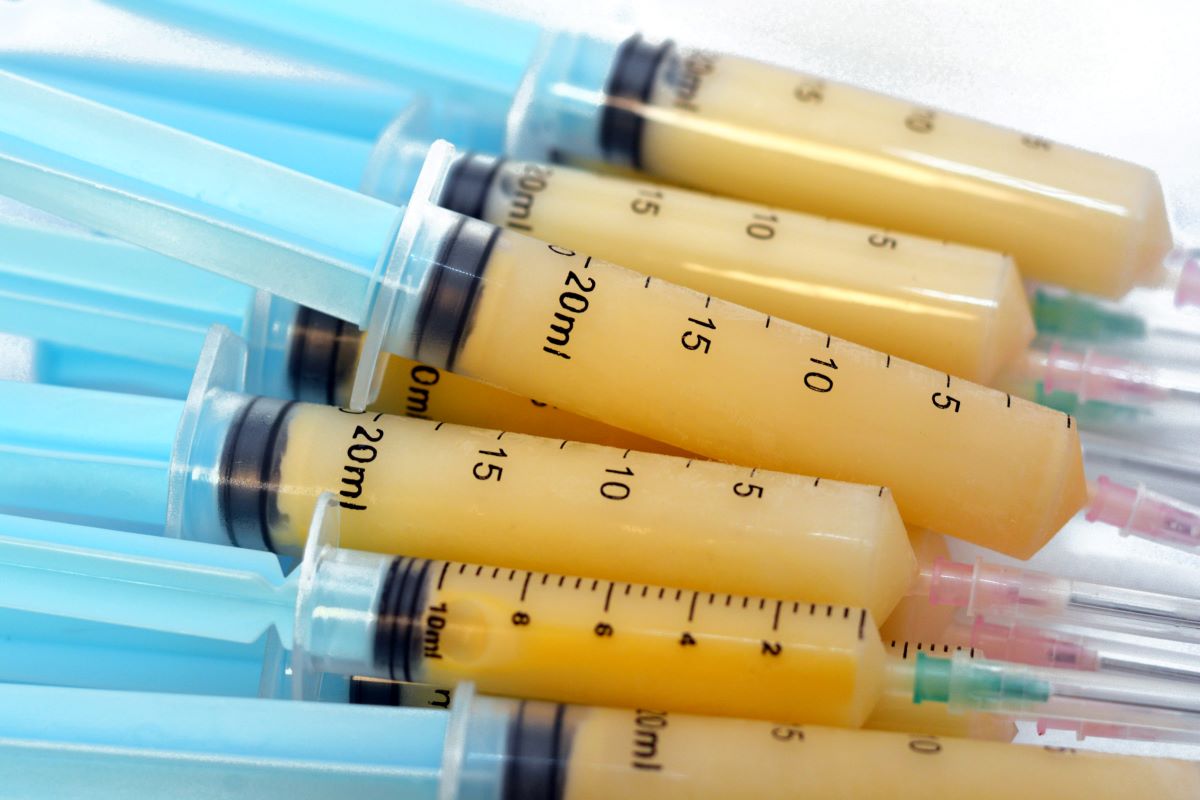
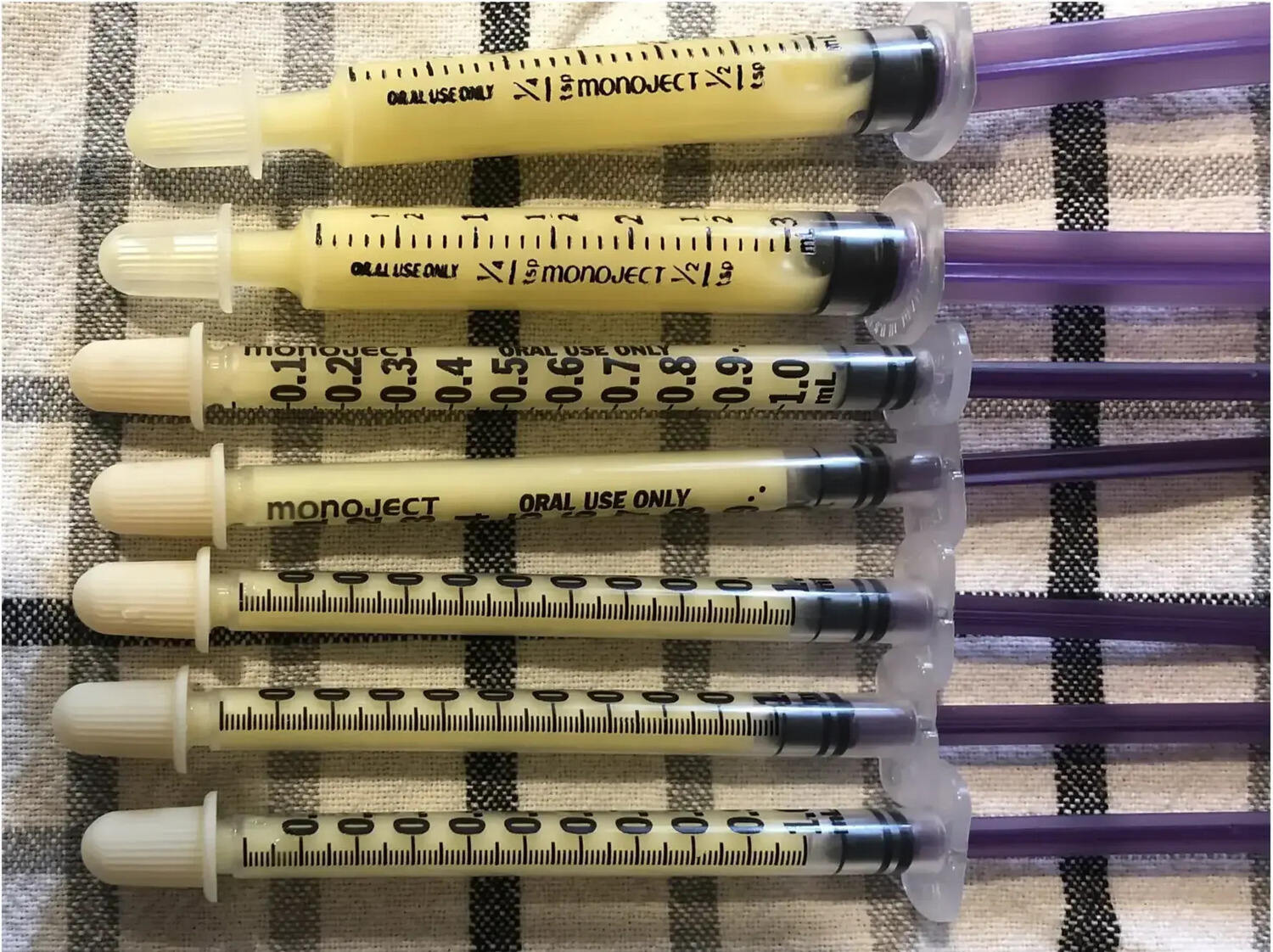
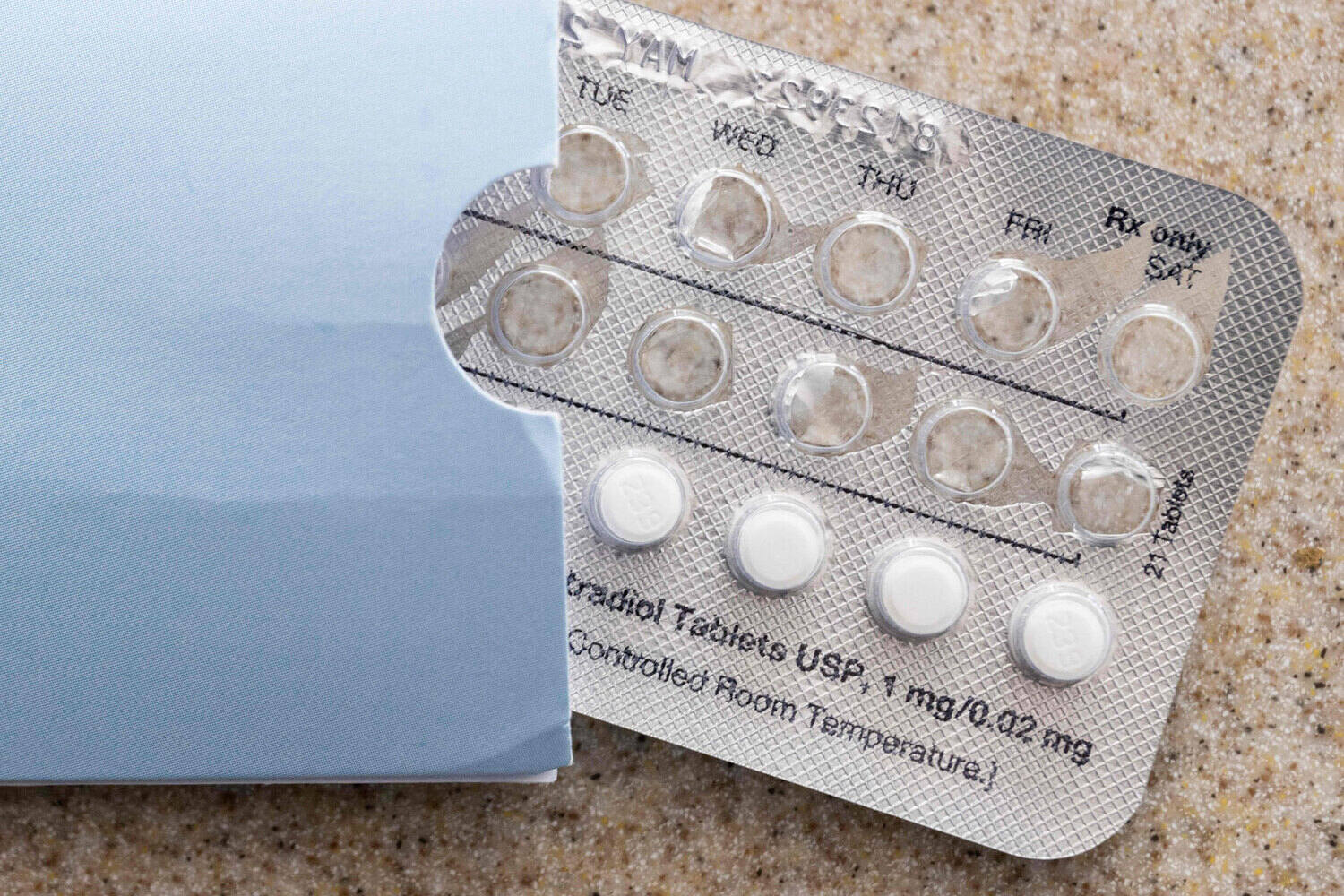
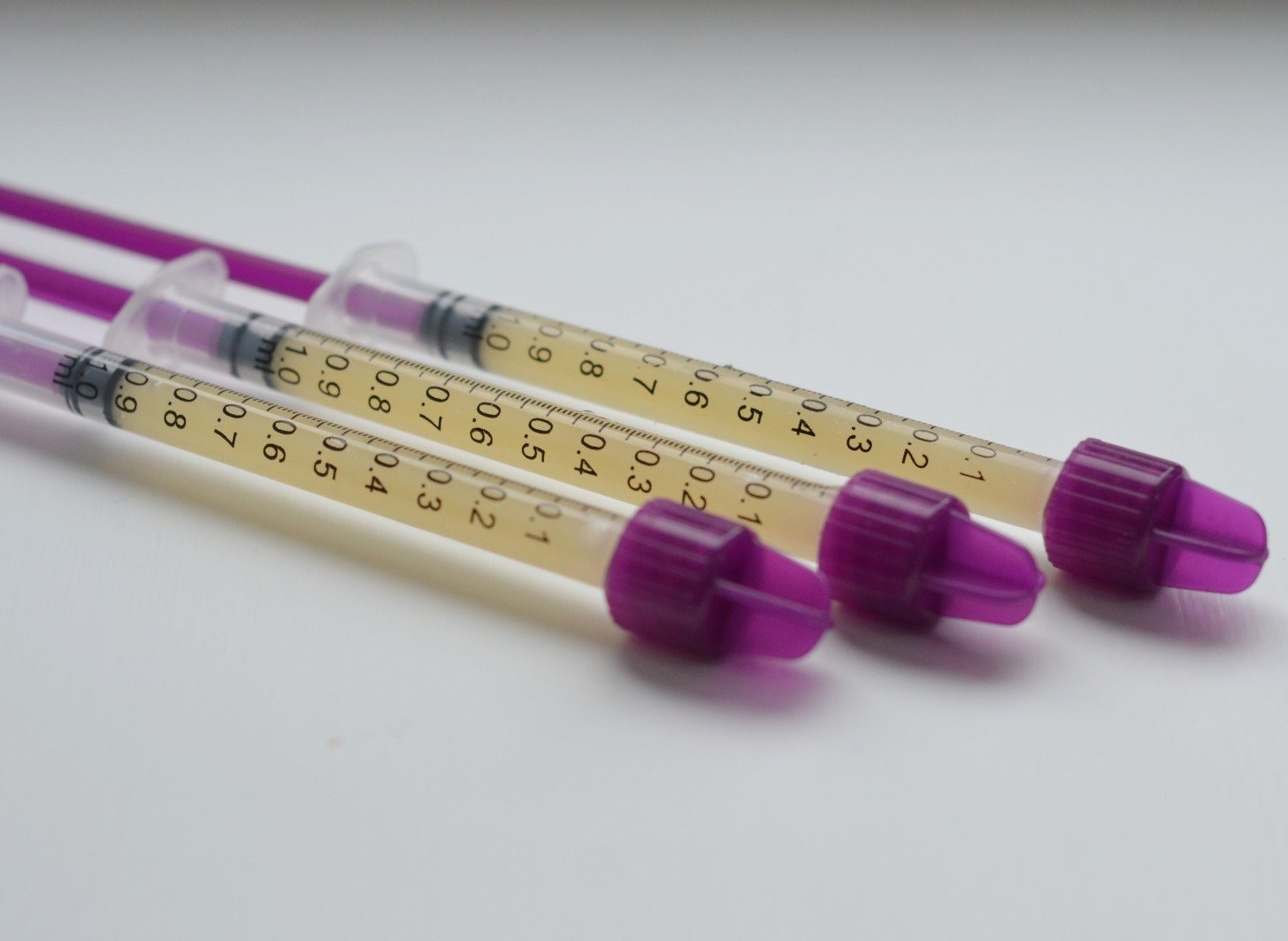
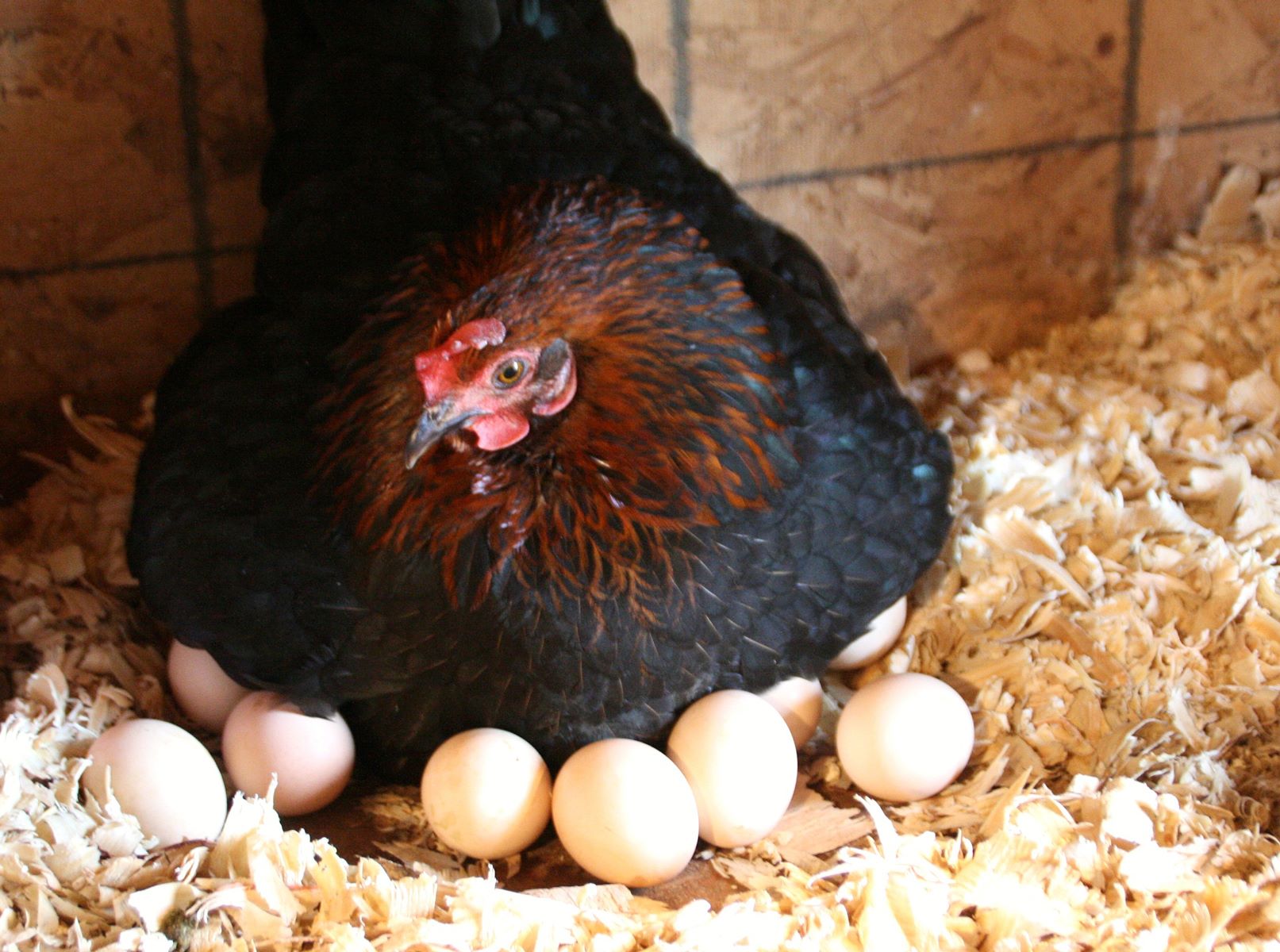
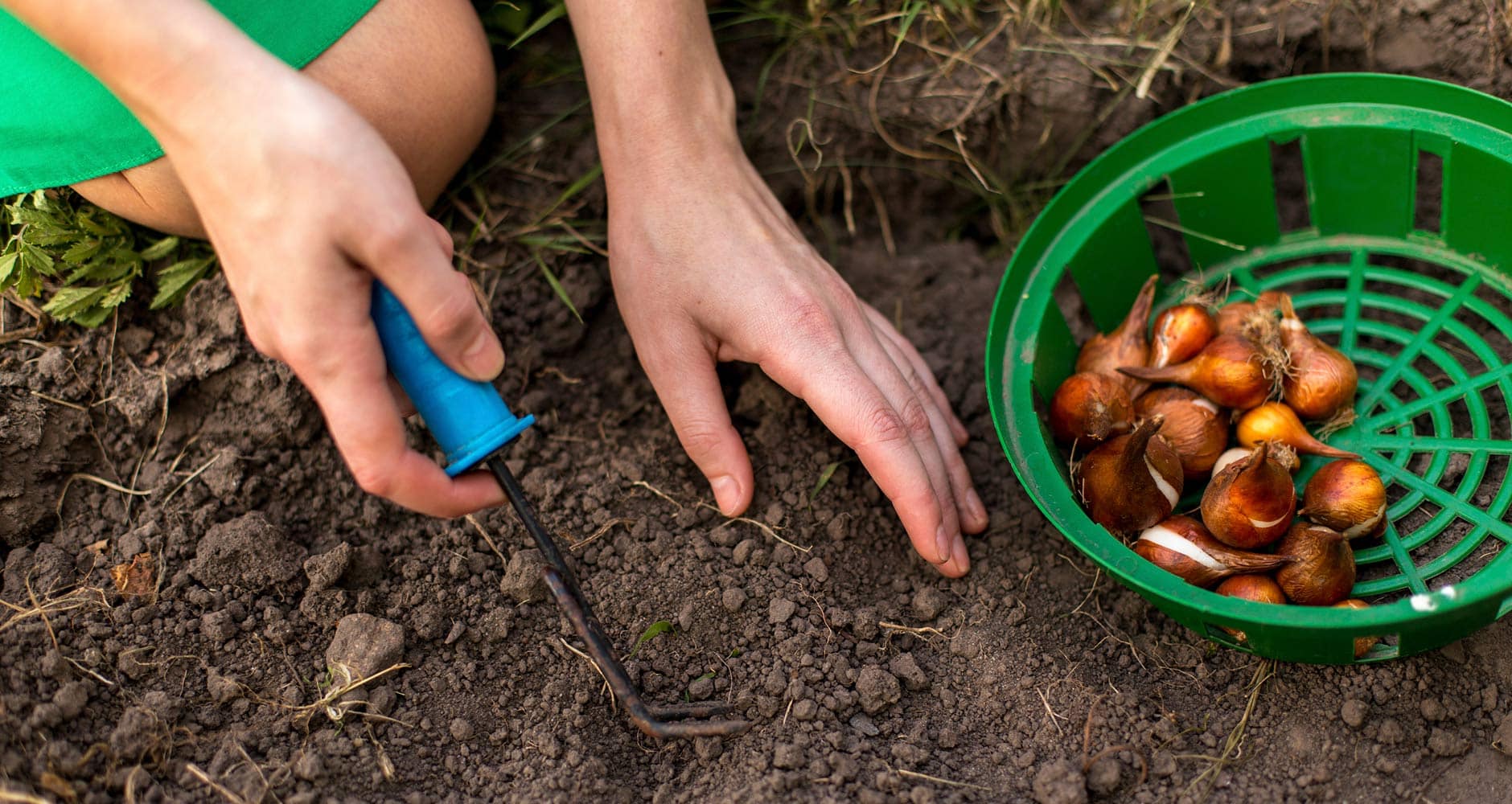
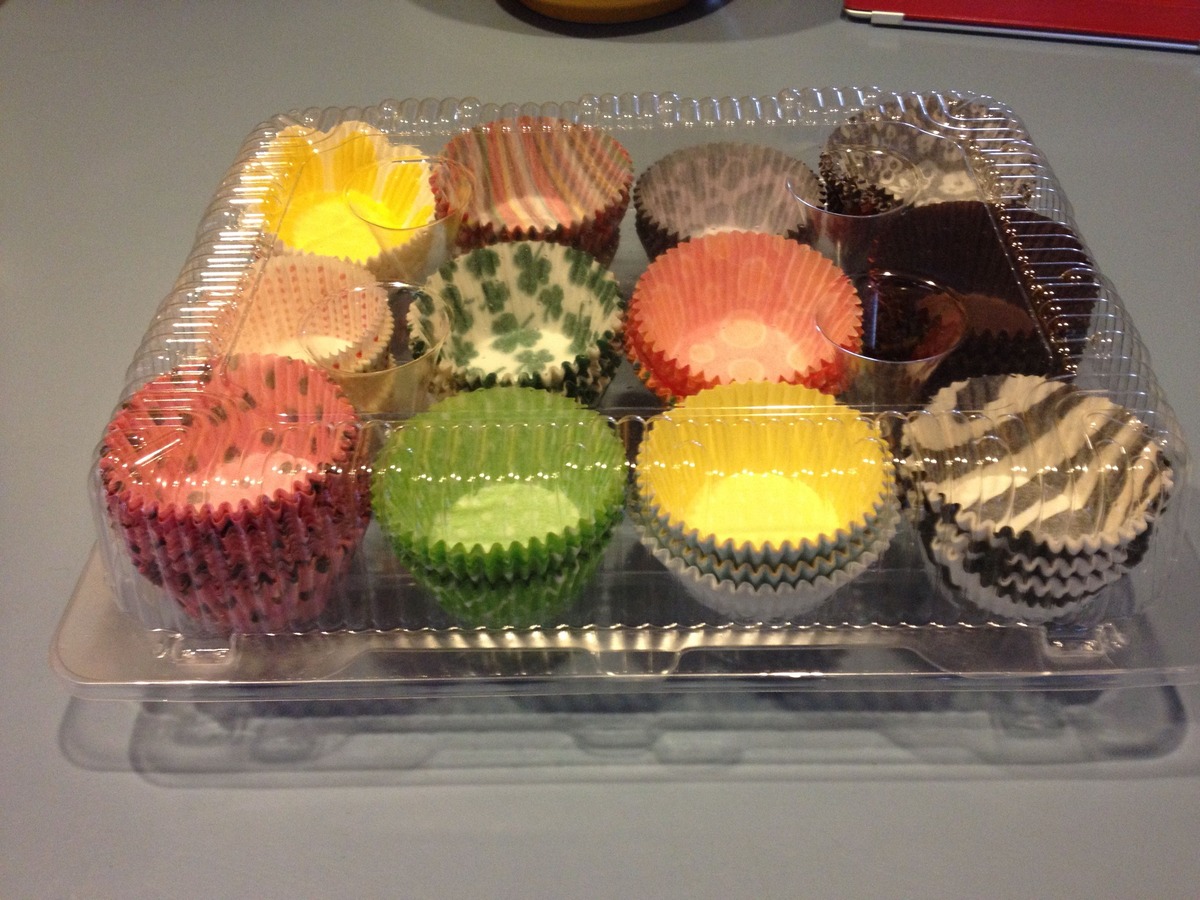
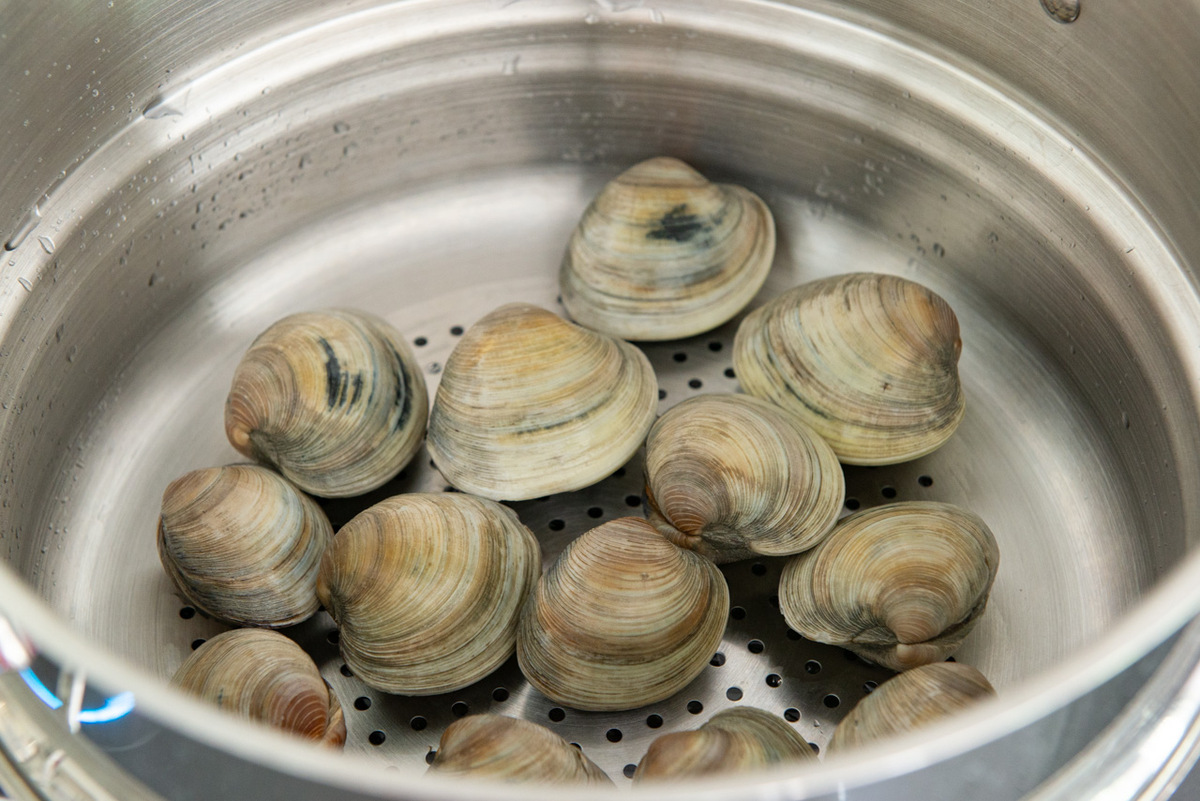


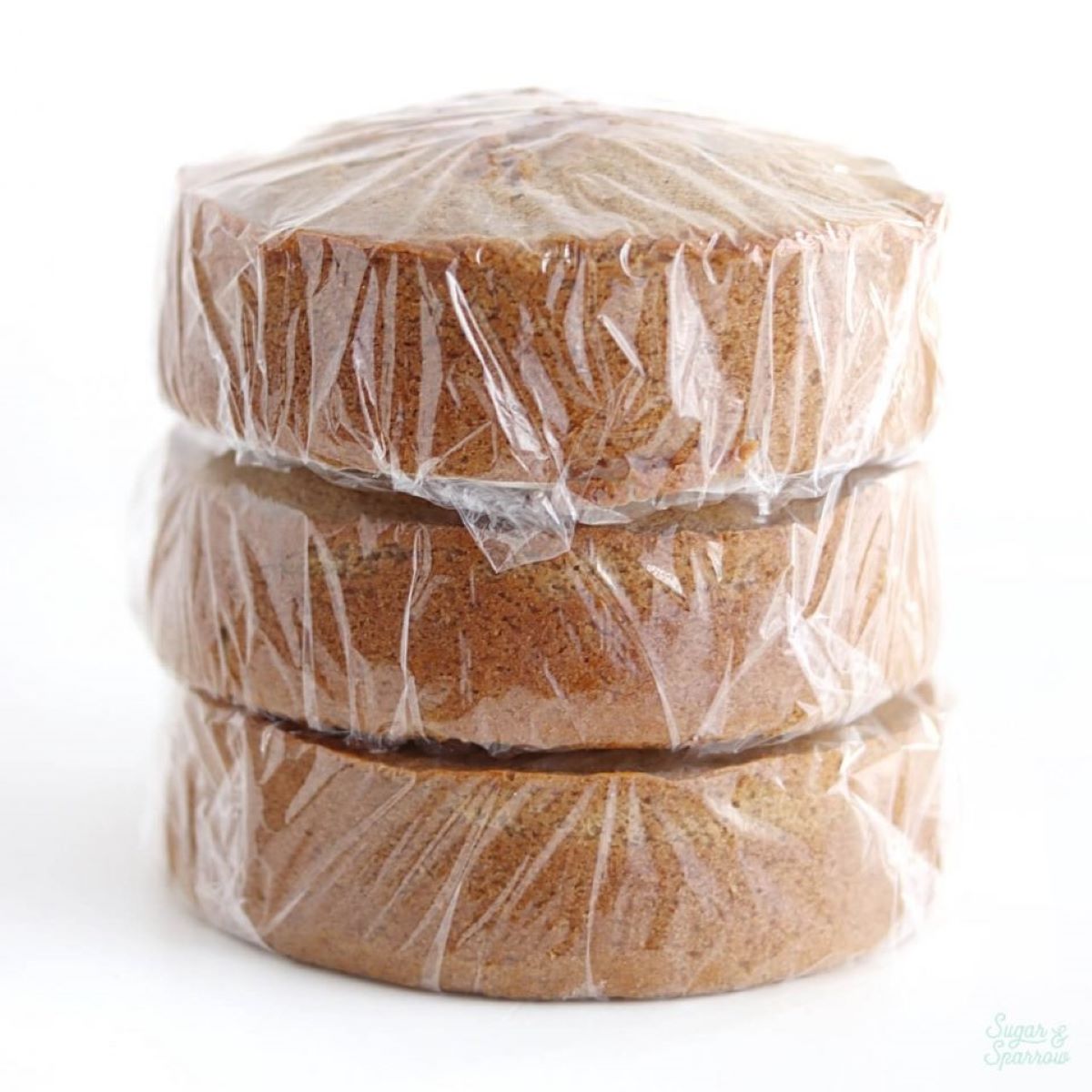
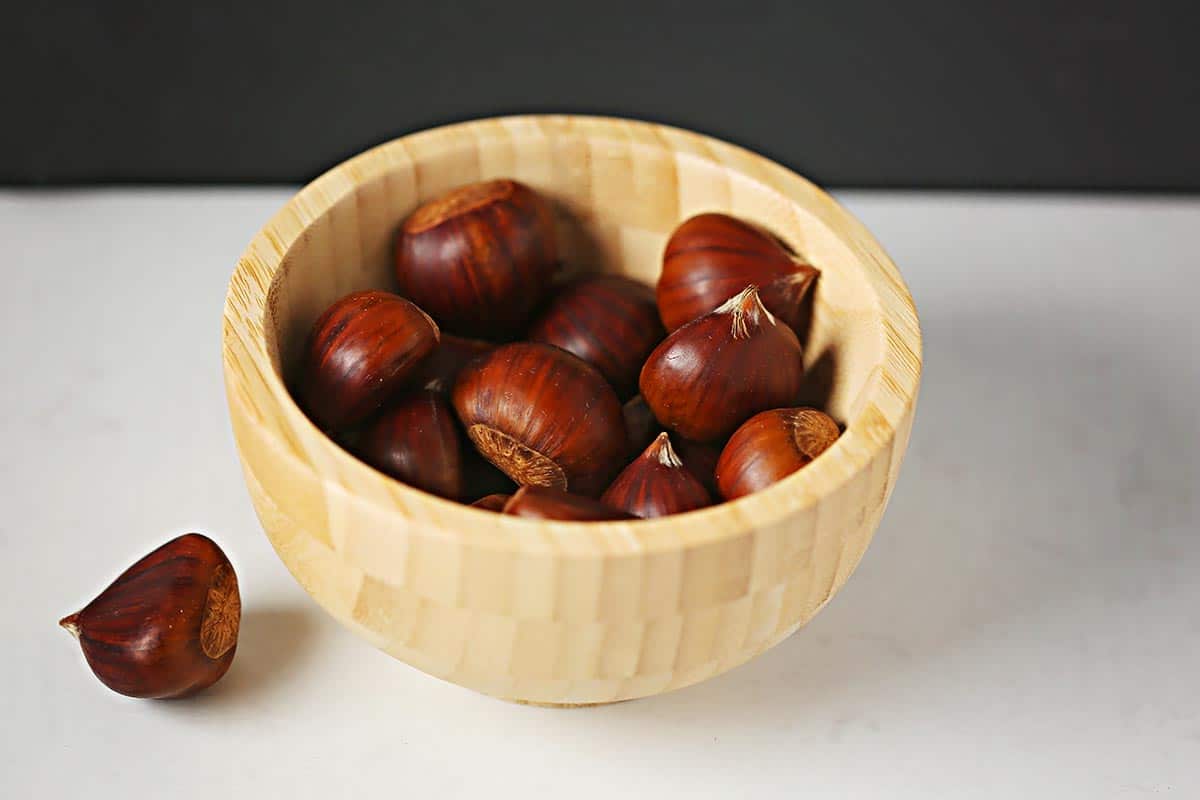



0 thoughts on “How To Store Colostrum Before Birth”